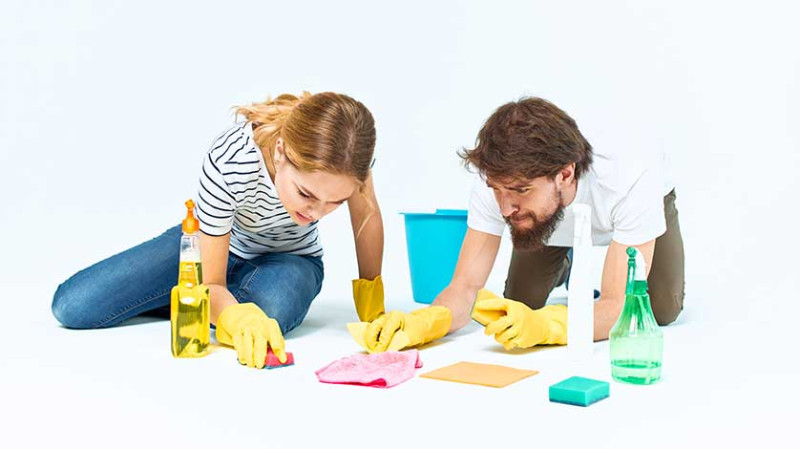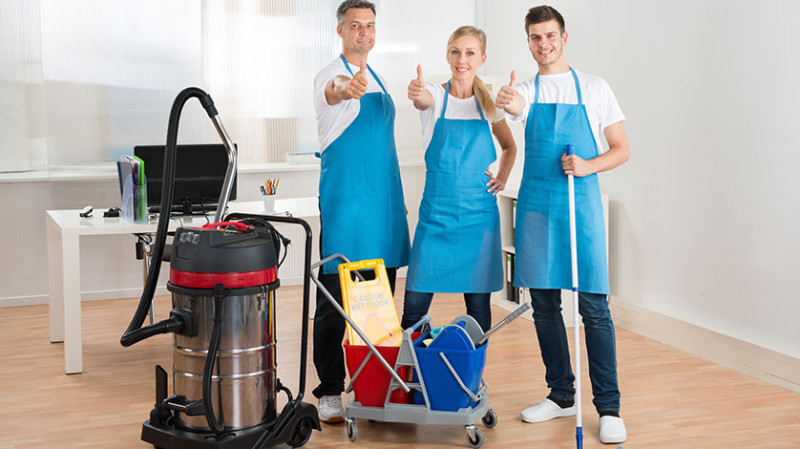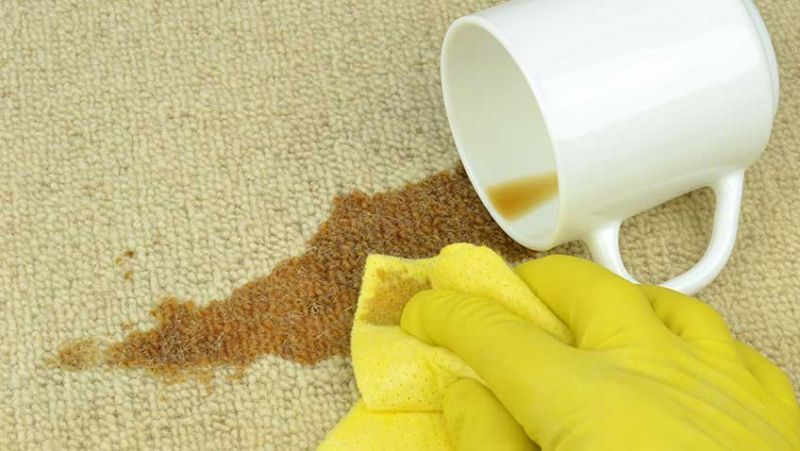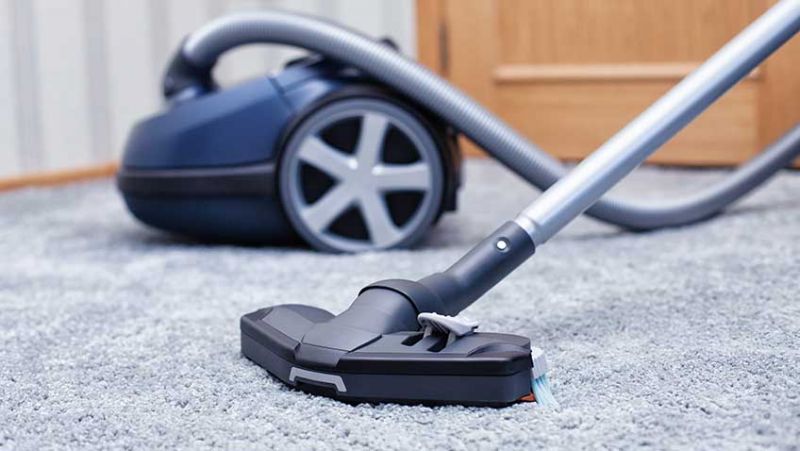
Wood floors bring warmth, elegance, and a timeless look to our homes and commercial spaces. But no matter how careful we are, scuff marks are an inevitable part of daily wear. Whether caused by shoes, furniture, or playful pets, these blemishes can dull the appearance of even the most carefully maintained flooring. If you're a DIY enthusiast, a young homeowner redecorating on a budget, or a designer striving for pristine detail in your projects, knowing how to remove scuff marks without damaging the wood is a must.
In this guide, we'll walk you through safe, effective and easy-to-follow methods to lift those annoying marks and restore your floor’s natural beauty. With just a few household items and some gentle technique, you can have your floors looking good as new in no time.
Understanding Scuff Marks: What Are They?
Scuff marks on wood floors typically result from friction — often from rubber soles, dragged furniture legs, or objects like toys being pulled across the surface. These marks usually affect the floor's finish rather than penetrating deeply into the wood, which is why they can often be removed without refinishing the entire floor. Recognising the difference between surface-level scuffs and deeper gouges is key in choosing the right cleaning approach.
Scuffs might appear grey, black, or shiny and are more noticeable on darker or gloss-finished woods. They’re particularly common in high-traffic zones like hallways and entrances, and in homes where children or pets are busily on the move.
Importantly, most scuff marks are not permanent, so there's no need to consider sanding or refinishing right away. With the right method, you can usually remove them without professional help and without risking damage to your floor’s sealant or finish.
Before You Begin: Check Your Wood Floor's Finish
Before applying any cleaning solution or scrubbing away at marks, identify the type of finish on your wood floor. Floors may be sealed with polyurethane, lacquer, or may be oiled — and each type will respond differently to various cleaning techniques.
If you're unsure, test a small, inconspicuous area with a damp cloth. If water beads on the surface, it's likely sealed with polyurethane. If it absorbs, you may have an oiled or waxed finish that needs gentler treatment to prevent damage.
Knowing the finish type ensures you don’t use a method that could strip the floor’s protection or cause discolouration. When in doubt, choose the mildest approach and avoid overly abrasive tools or chemical cleaners.
Quick & Easy DIY Methods to Remove Scuff Marks
Here are proven techniques to tackle scuff marks depending on their severity. Start with the least abrasive and work your way up only if necessary:
1. Use a Soft Rubber Eraser
Pick up a clean, non-coloured pencil eraser — preferably white — and gently rub across the scuff mark. The rubber lifts the mark without harming sealed wood. Wipe away any eraser debris using a soft microfiber cloth.
2. Try a Tennis Ball
Cut a small slit in an old tennis ball and attach it to the end of a broomstick to avoid kneeling. Rub over the mark with slight pressure. The texture of the ball effectively breaks down the scuff without scratching.
3. Baking Soda Paste
Mix 1 tablespoon of baking soda with a few drops of water to form a thick paste. Apply with a soft cloth and gently rub in circular motions. Baking soda provides mild abrasiveness without being harsh on most finishes.
4. Apply a Bit of White Vinegar
Dampen a cloth with distilled white vinegar and buff the scuffed area. Vinegar works well on rubbery scuffs but should be used sparingly, especially on waxed finishes, as its acidity can dull certain coatings.
5. Melamine Sponge (Magic Eraser)
This works well for tougher scuffs but must be used with caution. Lightly dampen the sponge and gently dab — avoid excessive pressure. Always test beforehand as melamine is mildly abrasive and may dull delicate areas if overused.
Preventing Future Scuff Marks on Wood Floors
Once you’ve restored your wood floors to their original gleam, implement habits to prevent future scuffing. Protection is all about prevention. A well-maintained floor is easier to clean, more resilient, and leaves a lasting impression whether you're designing a home, staging a renovation, or simply enjoying your space day-to-day.
- Use Furniture Pads: Place felt pads under chairs, tables and other movable furniture to stop them leaving marks when shifted.
- Shoe-Free Zones: Encourage guests and family to remove shoes at the door. Rubber-soled shoes are common scuff culprits.
- Area Rugs & Mats: Place doormats at entrances and rugs in high-traffic zones to absorb dirt and reduce abrasion.
- Regular Cleaning: Sweep and mop regularly using manufacturer-approved products to prevent grit build-up that can cause damage.
- Protective Coatings: Reapply finishes when needed. A well-sealed floor is significantly more resistant to wear and tear.
When to Call in the Professionals
If the methods above don't work and the scuffs seem embedded within the wood, it may be time to call a floor restoration expert. This is especially important for older floors, heritage buildings, or commercial spaces where refinishing can preserve the overall aesthetic value of the property.
In cases of deep gouges, deep staining or widespread damage, professionals can sand and refinish the floor to restore uniformity. This step shouldn’t be your first move, though — look at professional restoration as a valuable resource when gentle methods no longer make an impact.
Recommended Products and Tools for Tackling Scuffs
| Item | Purpose | Where to Buy (UK) |
|---|---|---|
| White Rubber Pencil Eraser | Light surface scuffs | WHSmith, Amazon UK |
| Tennis Ball (Old) | Gentle physical buffing | Any home |
| Baking Soda | Natural abrasive cleaner | Tesco, Boots, Amazon UK |
| White Vinegar | Removes rubber marks | Sainsbury’s, Ocado |
| Melamine Sponge | Stubborn scuffs, heavy rubber marks | B&Q, Screwfix, Wilko |
| Microfibre Cloth | Gentle cleaning and drying | John Lewis, Asda, eBay UK |
Conclusion: Keep Your Wood Floors Spotless
Scuff marks can be a nuisance, but they don’t have to be permanent. With the right approach, time, and tools, removing them can be quick, safe, and even satisfying. Whether you're prepping a property for show, maintaining a family home, or finishing up a refurbishment project, these simple strategies will keep your wood floors flawless and scuff-free.
So roll up your sleeves, give one of these methods a try, and fall in love with your wood floors all over again — without spending a fortune on professional services or heavy-duty treatments.
Need more help or product recommendations? Subscribe to our blog for regular tips on floor care, home improvement and design inspiration tailored for UK homeowners, decorators and tradesmen alike.






